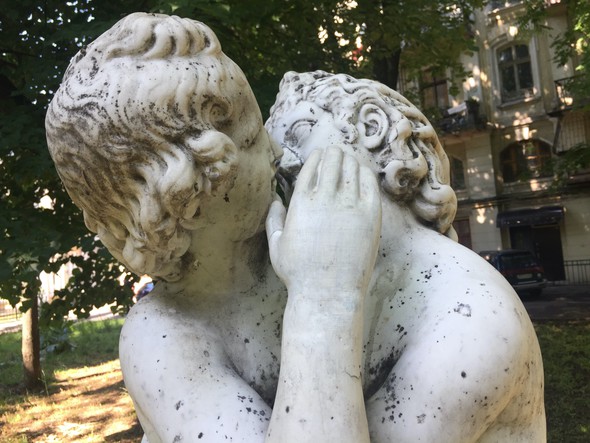“Besides the smell of the ships, there was the smell of acacia, seaweed, chamomile growing in the cracks in the wall and the stink of tar and rust. From time to time, all this was swept away by a special post-storm scent coming from the open sea. It was quite unique and unmistakeable, as if a girl’s arm, cool from bathing had touched my face.” (Konstantyin Paustovsky, 1920)
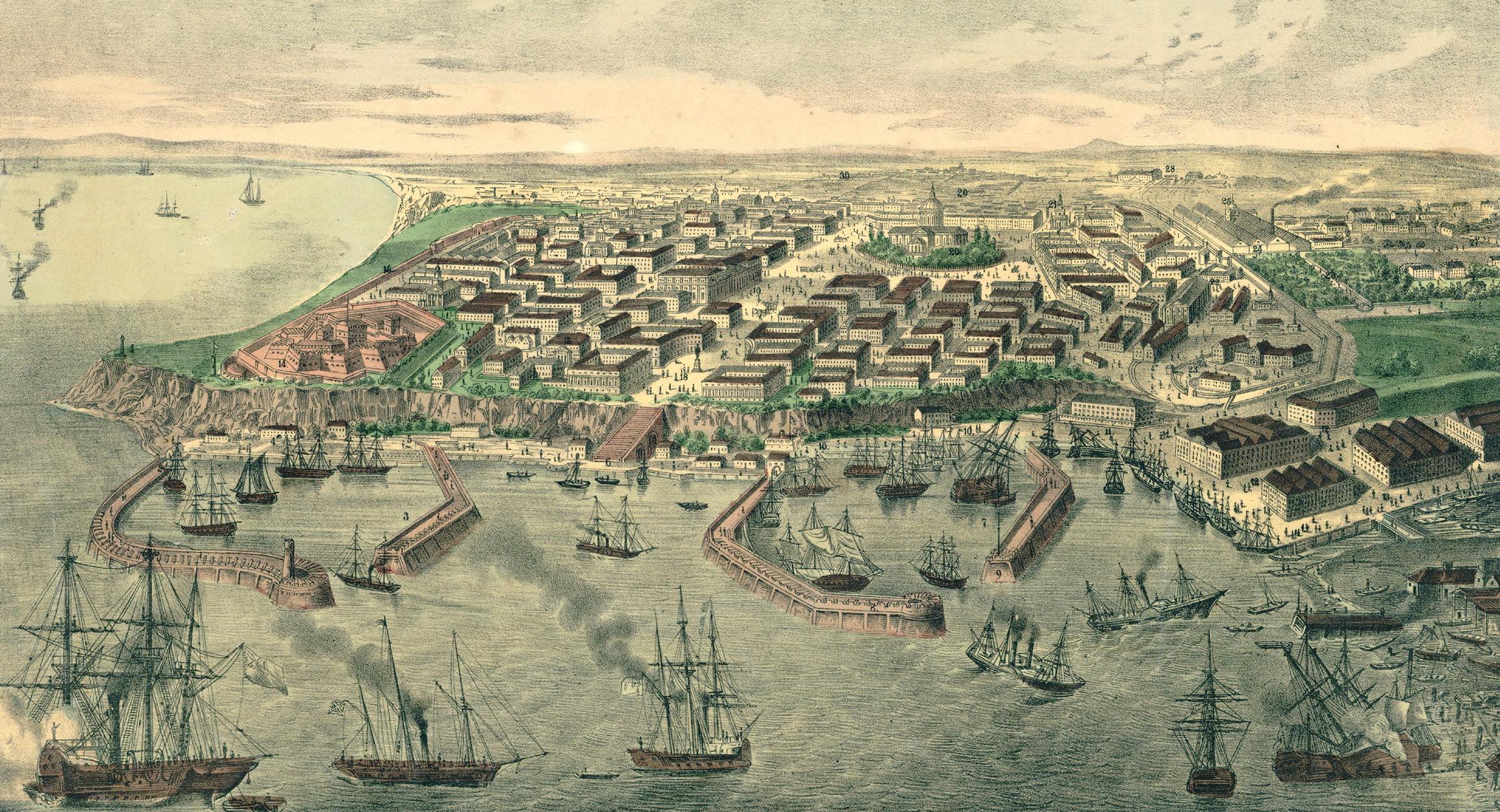
Odessa in 1850
I arrived in Odessa at around one o’clock in the morning. The streetlights were dim, and my nose was immediately struck by the unrecognisable smell of the nearby sea. There was a noisy group heading along the cobblestones, ladies in stilettos and sequins, gold and silver blouses and sophisticated, tailored dress, and men in hats with walking sticks in their hands. It was surreal, as if I had strayed into one of Gatsby’s parties. They greeted me in Russian, most of them smoking cigarettes through long cigarette holders, and one smoking a cigar. I was immediately invited to a jazz party, but then sadly noted that I did not have the right outfit for the occasion. Moments later, they would even have got hold of an outfit for me, so I finally admitted that I was too tired to continue the evening any longer. – Welcome to Odessa! – they finally took their leave and carried on. Their loud laughter echoed along the empty street for several minutes.
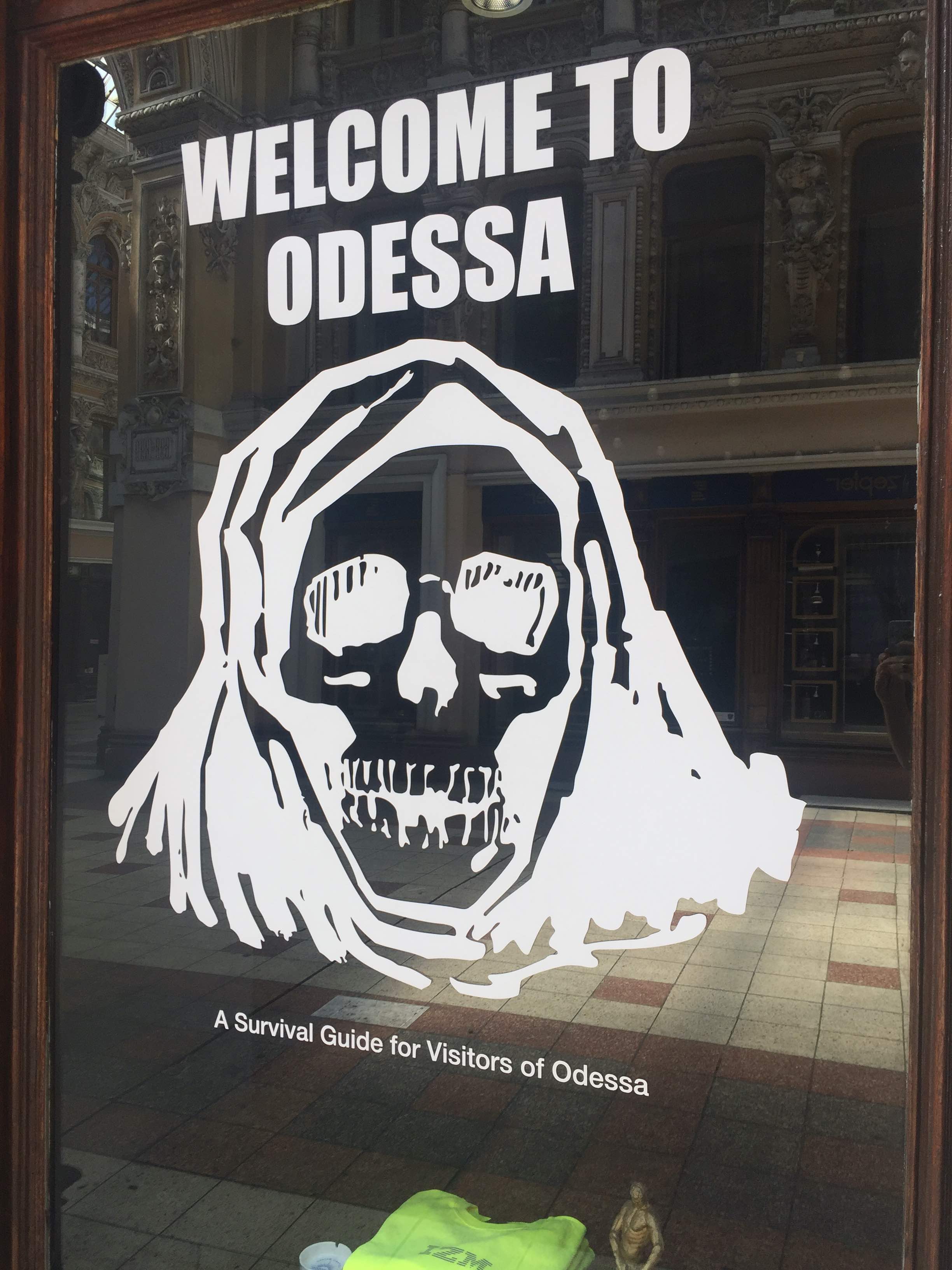
Survival guide (photo: Daniel Ercsey)
On the corner of Deribasovskaya and Rishelievskaya…
Odessa is a port city, the first warm water port of the former Russian Empire, which did not freeze over, even in winter. Which is why Osip Mikhailovich Deribas, i.e. the Catalan Admiral Katalin José de Ribas suggested to the Empress that she found a city here, which she did in 1795. It was a multi-ethnic city right from the very beginning. Besides Greeks and Russians, Jews and Romanians had the greatest impact on the cityscape. The Moldovanska district, where the stories of Isaac Babel’s Jewish gangster world take place, recalls them.
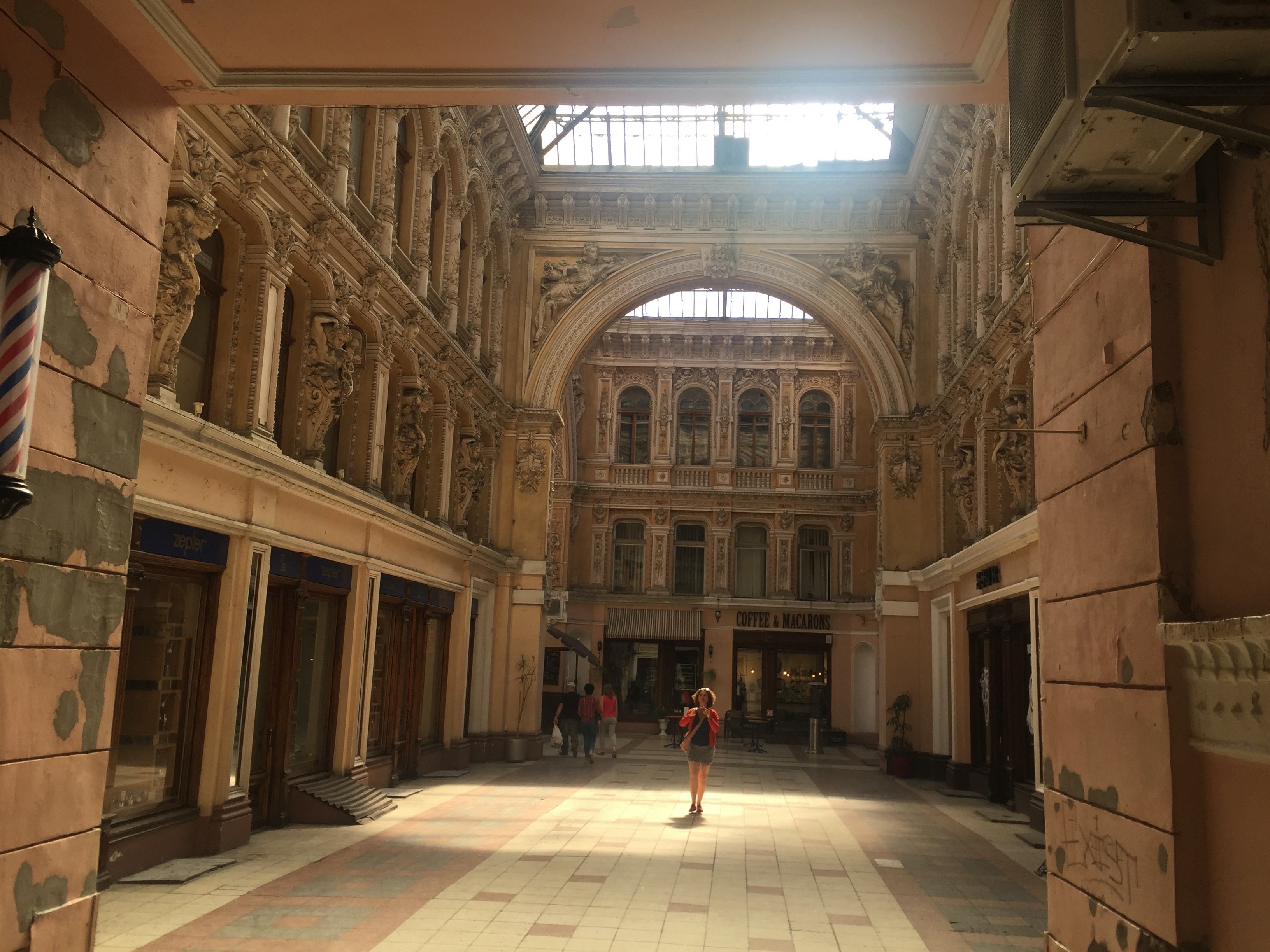
Photo: Daniel Ercsey
The second street name, Rishelievskaya, commemorates a French Duke, Armand-Emmanuel de Vignerot du Plessis Richelieu, who, fleeing the revolution, eventually found himself in the Russian army and then, from 1803 as Governor of Odessa, designed today’s cityscape and street layout, which emancipated the Jews for the first time under the Russian Empire and saw the building of the city’s famous staircase from the seafront promenade down to the port. This has been called the Patyomkin Stairs since Eizenstein’s world-famous film and gained a statue of the duke at the top in 1828, thanks to Odessa’s grateful population. Naturally, the intersection of the two streets is not only interesting because of their names. This was also the title of the famous Odessa pub song (Раз на Дерибасовской, угол Ришельевской), written by Sosnov, Yadov and Yampolsky, the great triumvirate of the Odessa variety scene. It tells the story of a burglar who, finding nothing else worth stealing, relieves a hundred-year-old lady of her honour; so, from then on, all the old ladies in the street leave their doors open at night.
The city where countries were born
Odessa’s heyday coincided with the collapse of the Turkish Empire and the interests of the city’s lords lay in this direction, so it’s no coincidence that the nascent Greek state was also invented in Odessa. Here, in 1814, three Greek merchants formed a secret organisation called the Filiki Eteria (Society of Friends), with the goal of preparing for an uprising against the Turks and the liberation of Greece. By the 1860s, Greek trading houses accounted for 46% of imports and exports through the city, connecting Odessa to trade routes to the Middle East, Western Europe, India, Japan and even North and South America. By the 1870s, the Jews were already slowly starting to oust the Greeks from the extremely lucrative grain trade (courtesy of businessmen such as the Ephrussi family who founded their fabulous fortunes here). Their influence, however, remained strong; for example, Odessa had six Greek mayors between 1796 and 1895! The flourishing Greek colony was finally put an end to by the Bolsheviks, who deported them to Central Asia.

Odessa National Academic Opera and Ballet Theater (photo: Daniel Ercsey)
Modern Israel was also born here, at least on a philosophical level, as its universities, culture and strange ways are also “thanks” to the Bolsheviks, who, on two occasions in 1919 and 1921, allowed the emigration of local Jewish intelligentsia to Palestine on a steamer called Ruslan. The Odessa Jewish intellectuals of the age were such literary greats as Nahman Bialik, Zabotyinsky or the philosopher Josif Kalusner. The latter alone was permitted by the authorities to take his entire library onto the Ruslan, taking up the space of four people. And it was he who founded the Hebrew department at the University of Jerusalem. Their predecessors in Odessa include such names as Sólem Áléchem, whom we can thank for the character of Tevye the Dairyman (who hasn’t seen The Fiddler on the Roof?), or Mocher-Sforim, who wrote himself into literary history with Fischke der Krumer, known in English as The Light Ahead. The strange twist of fate is that yet another man, Isaac Babel, rose to world fame as one of the Odessa writers who could simply report on the disappearance of their world.
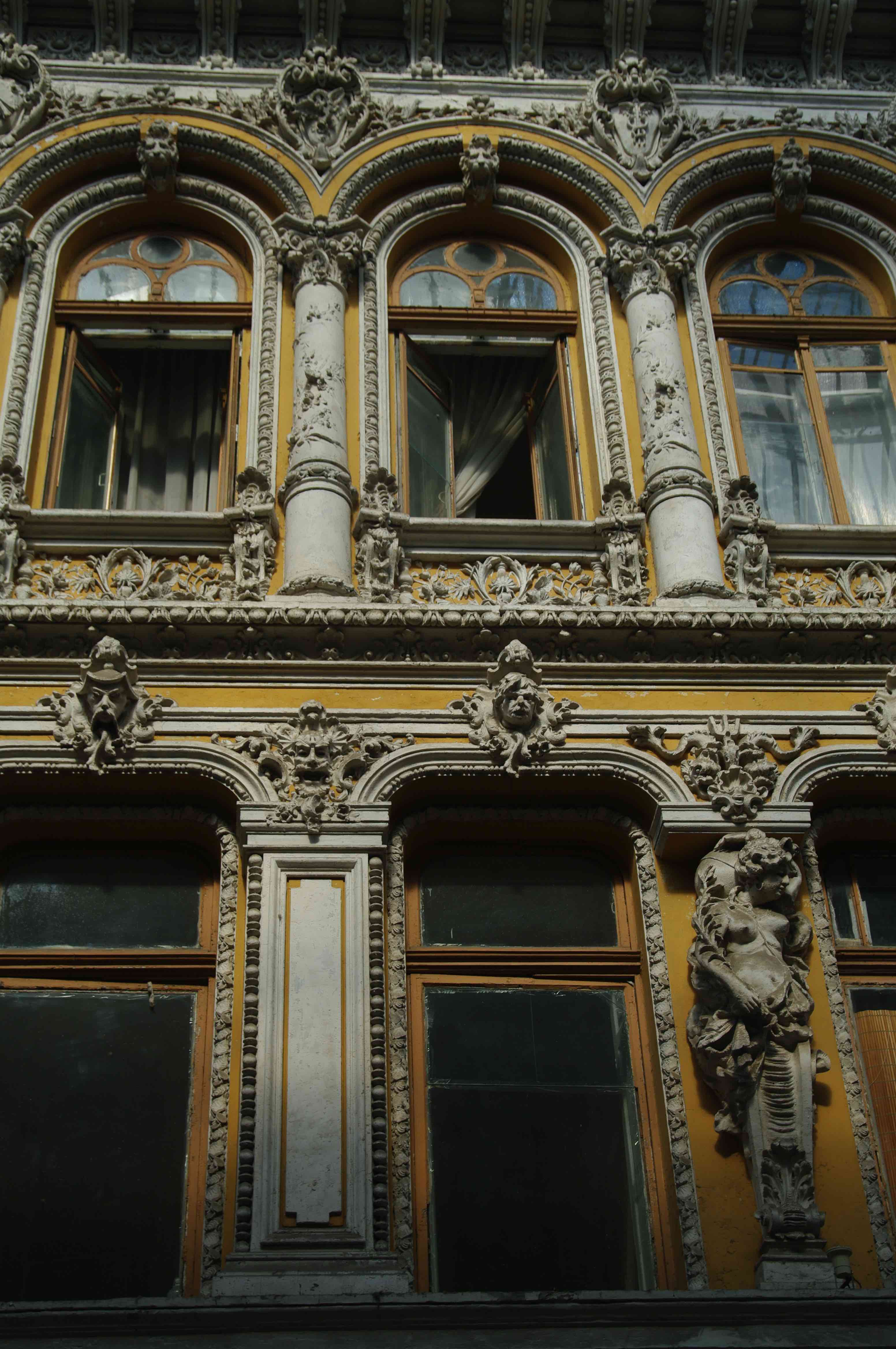
Photo: Daniel Ercsey
Odessa Champagne
Would you be surprised to learn that one of the largest Champagne house is linked to Russian by many threads? Yet, this is just the case! Perhaps the best known, and certainly the first, prestige cuvée, Roederer Cristal, was created in 1876 for Tsar Nicholas II, who was executed by the Bolsheviks in 1918 and consecrated by the Russian Orthodox Church in 2000. But back to the relationship between the Roederer Champagne House and Russia! In 1896, Henri Roederer moved to Odessa and founded a Champagne factory, although it took another two years for the foundation stone to be laid. In 1904, however, they were already winning their first international medals and Champagne production continued uninterrupted until 1917, when traditional Champagne production was discontinued. The factory was reopened in 1948, and from 1952, tank-method sparkling wine had already hit the market. From 1994, under the name Champagne Odessa, they became the leading sparkling wine producer in the Ukraine, thanks to owners such as Campari from 2008 to 2014. A factory visit is a great experience as is tasting their kosher sparkling wines!
Identity crisis and lack of identity
My first piece of advice is perhaps to not take Ukrainian language lessons! The city, although Ukrainian, with most of its inhabitants professing to be Ukrainan, speaks an Odessan version of Russian, into which it also mixes old Yiddish words. The Ukrainian government is trying every trick in the book to return the poor people of Odessa to the bosom of the Ukrainian language, which Taras Shevchenko, the great poet of the Ukrainian people at the end of the 19th century, canonised from the local dialect around Lviv (Lemberg, Lwów), meaning that the Odessans never actually spoke it. Their method is terribly primitive, with cafés and bakeries adorned with the writing and oozing the atmosphere of Lviv sprouting up everywhere like mushrooms, and young people from Liv serving the Russian-speaking Odessa in literary Ukrainian. This sends a positive message, but also seems somewhat ridiculous as the Lviv café culture has more in common with Polish, Austro-Hungarian and even Armenian history than with the Ukrainian.
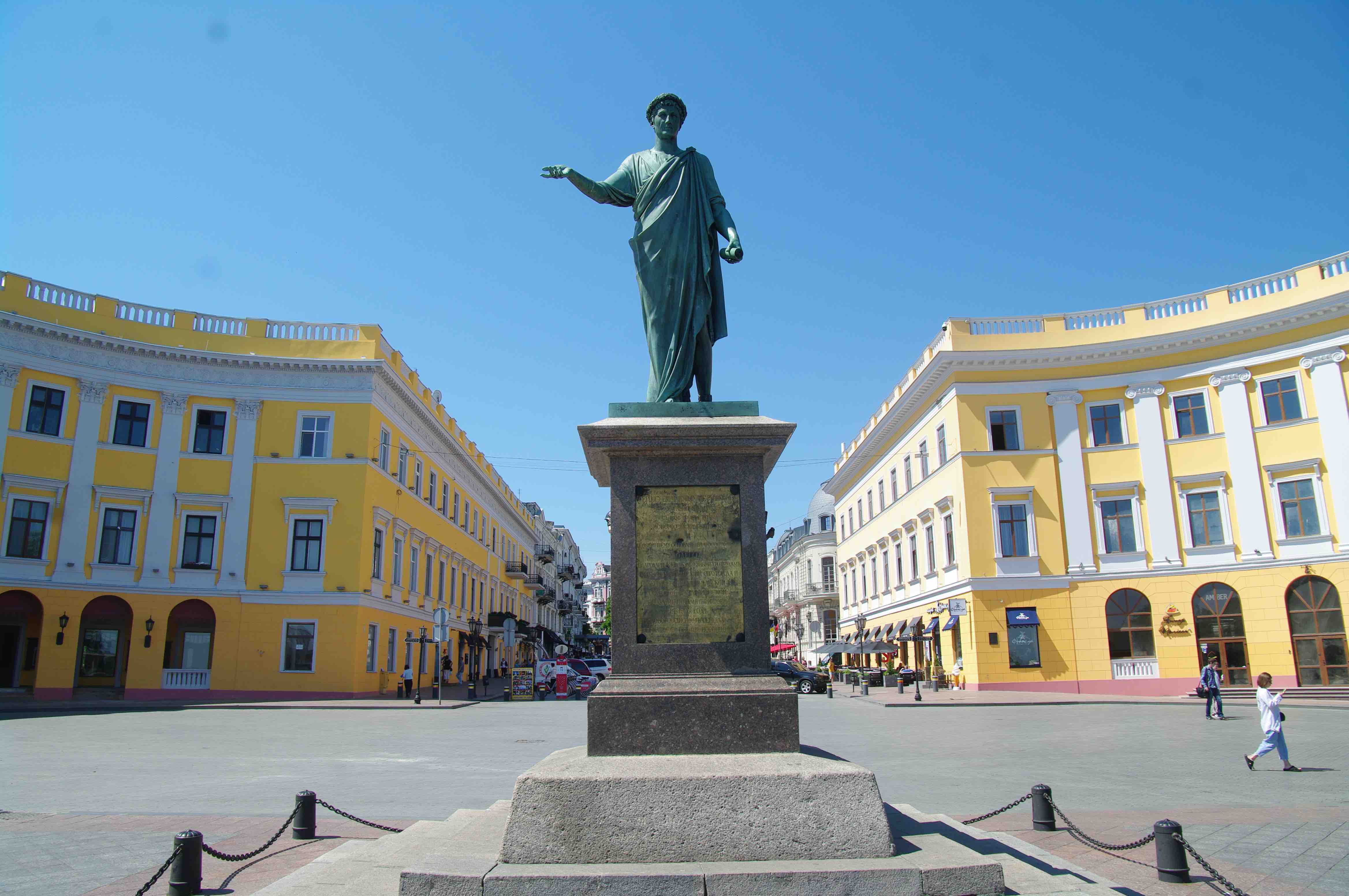
Photo: Daniel Ercsey
Due to Odessa’s former food culture and the fact that it’s a port city, Babel wrote: “Olives from Greece, olive oil from Marseille, coffee beans, Lisbon Malaga wine, sardines from Philippe et Canot and cayenne pepper were all piled up on the counter.” Today’s Odessa market, on the other hand, is more along the lines of dried and smoked fish, caviar, vodka and kvass.

Caviar and kvass (photo: Daniel Ercsey)
Well, it’s not as if that isn’t impressive enough! It’s worth immersing yourself in parallel in the former Odessa, let’s say with Ilf and Petrov’s The Twelve Chairs (to which there is also a monument in the city centre) or Babel’s stories, as you wander the very real Mondovanka, walk along the legendary seaside Primorsky Promenade, drop into a Lviv-style café for a good Ukrainian cappuccino, or have a Azerbaijani, Armenian or even Georgian lunch in one of the city-centre eateries. Go to the opera in the evening, not only because the building was designed by Fellner and Helmer and resembles a larger-scale version of the Vígszínház in Budapest or because Oistrakh and Svyatoslav Richter began their careers here, but also because of the ballet company and orchestra that are still renowned today. Finally, sail out of the harbour, saying farewell to Odessa with the slender white silhouette of the Vorontsov Lighthouse – a thin candle, extinguished at dawn, like Vera Imber saw from her window.
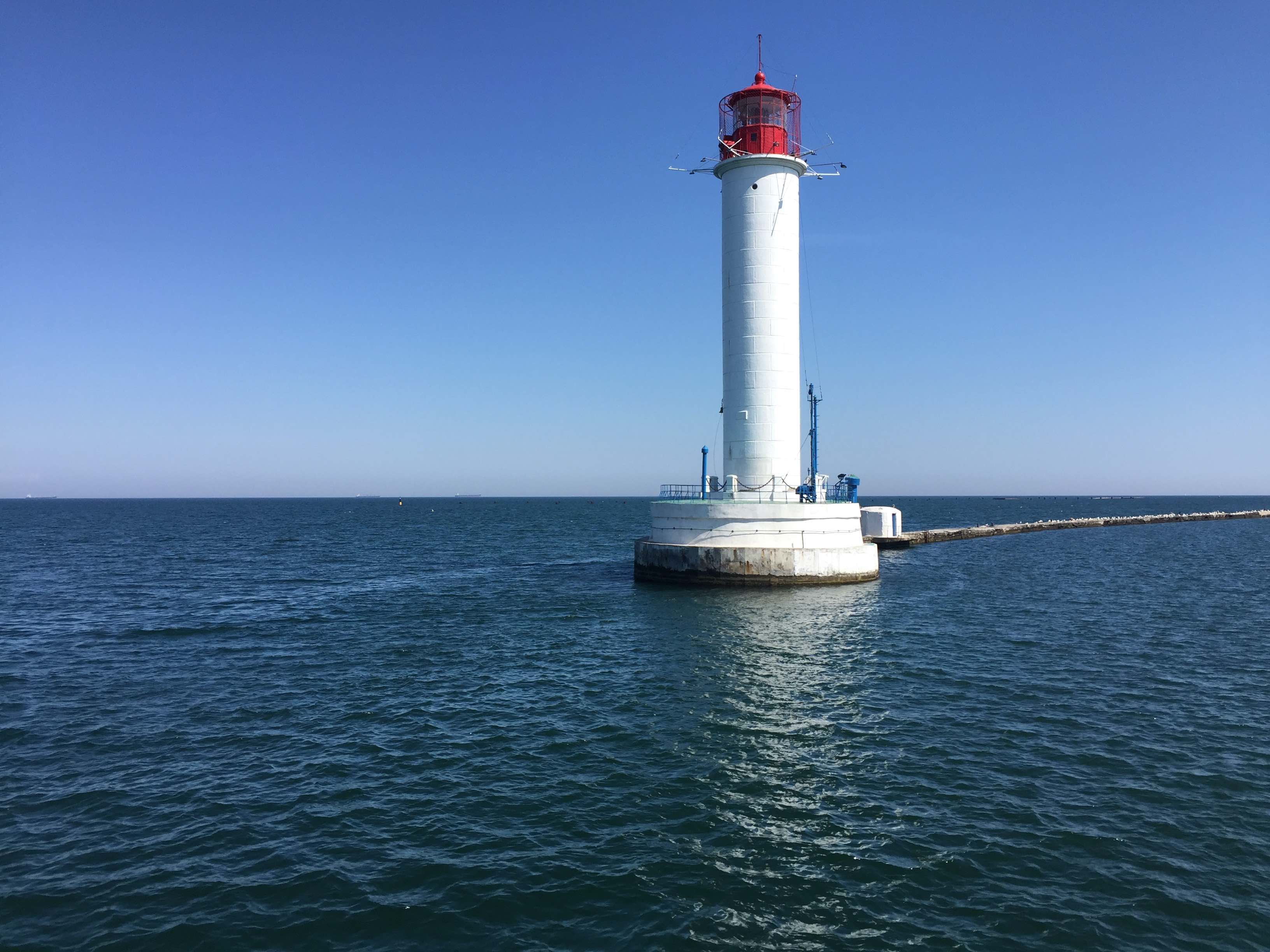
Photo: Daniel Ercsey



